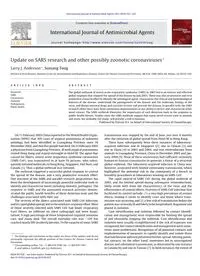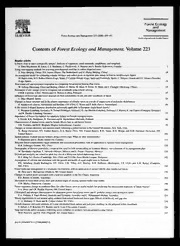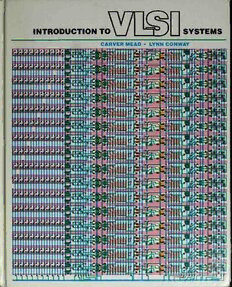
Preview Introduction to VLSI Systems
INTRODUCTION TO SYSTEMS CARVER MEAD LYNN CONWAY • 3333333333 333333333H iiiiiiiiiiiiiiiiiin l-ii-iiJii^^!Jiiiiiiilj!«3lH^:^!=:Eiiiill! 2iS!t!LJfe.>1i as^^ 3333333J*33 n 31111 liiiiiiiiiiiiiiiillt EiiiillS'SlS'blLJt.Mi 3333333333 nr^illS^^n!^^!!!!!!!^^^!.^^ gi£nin7i 2^?!?^,! ~k!!!iUi;&=^Liiiiiiiilji^]H^!^!=: 33333J*3333jnr^!IIS'^n!^3iiiiiiiai!n^5 iiiiiiiimiiiiiiiiry!!!!iiii^^hiiiiUnlj!^]KE^=:Eiiii]lS^iiS!t!LJk.Mi lilllliliiiiiiiim'TliniiiJil^^^i nn j^ i*^=:E M! la-^n IllimilllllllllllC'l^! ! ul^^'J niii L3]kE^=^e iii i^ 2!^:Jk>u 3333333333 •liniiul^^l^iiiiiiilii^li.^:^ :i:Eiiii]l!^2a!b!nJi.Mi 3333333333 nr^iii[?^r!!=3imii|aj^^ 5 Si£^:=nM 3'"it,f imiiiiiiiiiiiiiiit 'll!!!^Li;^=dl2iiiiii^ljl^]L!^ 3333333333 liiiiiiiiiiiiiiiiilt 3333333333 nr?;il^=5n!V2i"iiiiaa33!^s ^]k<2^^ liiiiiiiiiiiiiiiiilt mm :i:Eiiii]5!i^la!b!nJt.Mti 3333333333 il^ln!:!? liilllllllllliilliiE Ull2:^ =::Eiiii]l!^1iS!!^:JkJlt2 ^ n 3333333333 rr^iii[?^n!=iiiii 1J 11 H!5 r^zi'^r-"i llliiiiliiilliiiliit :!:Eiiiiil!^ii2!&!U*iit2 3333333333 nr^iiir?"^7Ti=iiiii Ijiaii n^Hm^lSS llllllllilllilllillE 3333333333 liiilllllllllliillie 3333333333 iV^Vii^B Sr£?»i lilliiiiiiiiiiiiiiie It 11 rt.iit^=n I 1 1 1 1 1 z^ I lip H ImI fetktK*k*%•l|*k*If*k*li<t|*li* IIIIIIIIIIIIIIIIIIIIIIIIIIIIIIIK- IIIIIIIIIIIIIIIIIIIIIIIIIIIIIIIIE in* nrPF llij iimiiiiiiiiiiiiiiiiiiiiiHiiiir LUMUnUflml IIIIIIIIIIIIIIIIIIIIIIIIHIIIIIIC'kiiiiiiii^. >HHHHHHHHHHH{*H3HH iiiimmiiiiiiiiiiiiHiiiiiiiir iiiimiiimiiiiiiiiiiiiiiiiiiie' IIIIIIIIIIIIIIIIIIIIIIIIIIIIIIIK- >HHHHHHHHHH3HHH}<H' lllllllillilllllHIIIIIIIIilllllC :i [111?!!' ^.^:i.?i: IIIIIIIIIIIIIIIIIIIIIIIIIIIIIIIIC IIIIIIIIIIIIIIIIIIIIIIIIIIIIIIIK- IIIIIIIIIIHIIIIIIIIIIIIIIIIIIIIt' IIIIIIIIHIIIIIIIIIIIIIIIIIIIIIIC ?n»!«rn^ IIIH >H3HHHHH33HHH33HH nr;nrj7n:;5nMjii2
The 48 Laws of Power

The Subtle Art of Not Giving a F*ck

The Spanish Love Deception

Do Epic Shit

Umwelt und Gesundheit
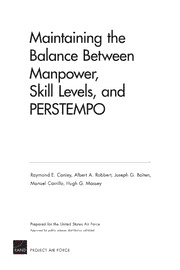
DTIC ADA458942: Maintaining the Balance Between Manpower, Skill Levels, and PERSTEMPO

Civilizaciones prehispánicas de América
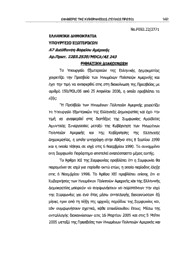
Greek Government Gazette: Part 1, 2006 no. 137

DTIC ADA454298: Comparison of Gulf of Mexico Wave Information Studies (WIS) 2-G Hindcast with 3-G Hindcasting
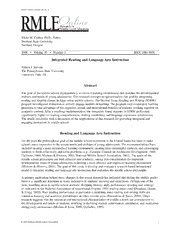
ERIC EJ804113: Integrated Reading and Language Arts Instruction

C. Indice de autores

Opportunities in fashion careers

Governing Natural Resources for Africa's Development
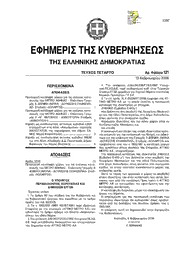
Greek Government Gazette: Part 4, 2006 no. 121
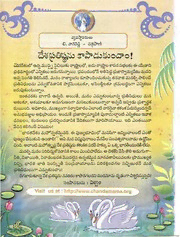
Chandamama 2006 2 Www. Rips Tracker.com

PUCCINIA LASERPITII (UREDINALES), A NEW SPECIES FOR POLAND
![ERIC ED388469: [Rural Education.] book image](https://cdn.pdfdrive.to/media/content/thumbnails/64fb2489-a0ba-4585-b421-c85d2247abe9.webp)
ERIC ED388469: [Rural Education.]

Blue Sky Solar Racing
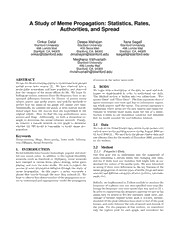
A Study of Meme Propagation: Statistics, Rates, Authorities, and Spread

Regulating Lives: Historical Essays on the State, Society, the Individual, and the Law
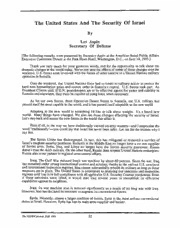
DTIC ADA495940: The United States and the Security of Israel
